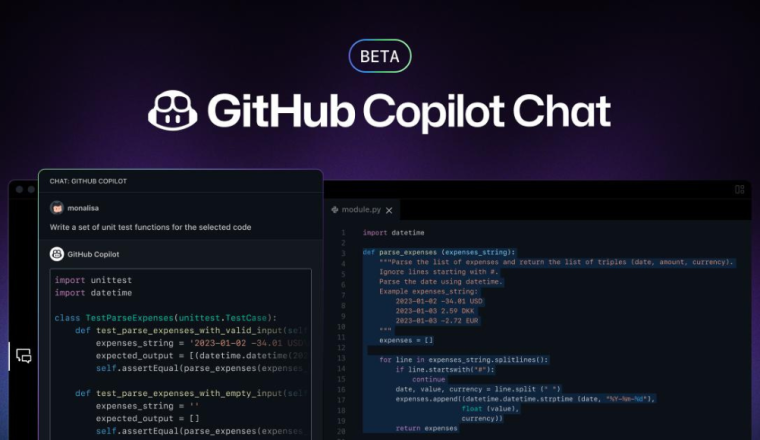Unveiling the Power of Hyperscript: A Beginner’s Guide
In the fast-paced world of web development, new technologies and libraries seem to emerge every day. One such noteworthy innovation that has gained attention in recent years is Hyperscript. If you’re curious about what Hyperscript is and how it can revolutionize your web development experience, you’ve come to the right place. In this blog post, we will explore the concept of Hyperscript, its benefits, and how it can be a valuable addition to your web development toolkit.
What is Hyperscript?
Hyperscript is a lightweight, expressive, and highly efficient JavaScript library that simplifies the creation and manipulation of HTML documents. It provides a concise and readable way to generate HTML structures, enabling developers to create dynamic web applications with ease. Hyperscript is often described as a declarative and functional approach to building user interfaces.
One of the primary goals of Hyperscript is to reduce the complexity of working with the Document Object Model (DOM). It allows developers to express the structure and behavior of their web applications in a more intuitive and concise manner compared to traditional imperative approaches.
Key Features of Hyperscript
- Declarative Syntax: Hyperscript uses a declarative syntax that closely resembles the desired HTML structure. This makes it easier to understand and maintain, as it focuses on what you want to achieve rather than how to achieve it.
- Virtual DOM: Like popular libraries such as React, Hyperscript employs a virtual DOM to optimize rendering performance. It efficiently updates only the parts of the real DOM that have changed, reducing the need for extensive reflows and repaints.
- Composability: Hyperscript allows you to create reusable components and compose them easily, promoting modular and maintainable code.
- Small Size: Hyperscript is a compact library, which means it won’t bloat your project. It has a minimal footprint and is designed to be lightweight and fast.
- No Dependencies: Hyperscript operates independently of other libraries or frameworks. This independence gives you the flexibility to use it in combination with your preferred tools.
Benefits of Using Hyperscript
- Productivity: Hyperscript’s declarative syntax streamlines the development process, reducing the amount of boilerplate code and making your codebase more readable. This can lead to increased productivity.
- Performance: The virtual DOM implementation in Hyperscript optimizes rendering performance, resulting in smoother and more efficient web applications.
- Maintenance: With its clean and intuitive syntax, Hyperscript makes it easier to understand and maintain your code. This is especially beneficial for teams working on collaborative projects.
- Independence: Hyperscript’s lack of dependencies means you can incorporate it into your project without worrying about conflicts or compatibility issues.
Getting Started with Hyperscript
To get started with Hyperscript, you need to include the library in your project. You can either download it from the official website or use package managers like npm or yarn.
Here’s a simple example of how you can use Hyperscript to create a basic HTML structure:
const h = require('hyperscript');
const app = h('div', [
h('h1', 'Hello, Hyperscript!'),
h('p', 'This is a simple example.'),
]);
document.body.appendChild(app);
In this example, we create a div element with a heading and a paragraph using the h function from Hyperscript.
Conclusion
It is a powerful and efficient JavaScript library that simplifies the creation and manipulation of HTML documents. Its declarative syntax, virtual DOM, and small size make it an attractive choice for web developers looking to enhance their web development experience. By incorporating Hyperscript into your toolkit, you can streamline development, boost performance, and improve code maintainability. So, if you’re searching for a way to make your web development projects more efficient and enjoyable, give it a try. Your future web applications will thank you for it.













